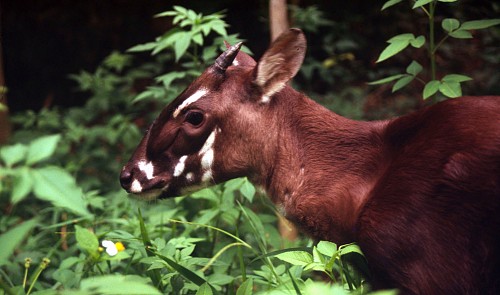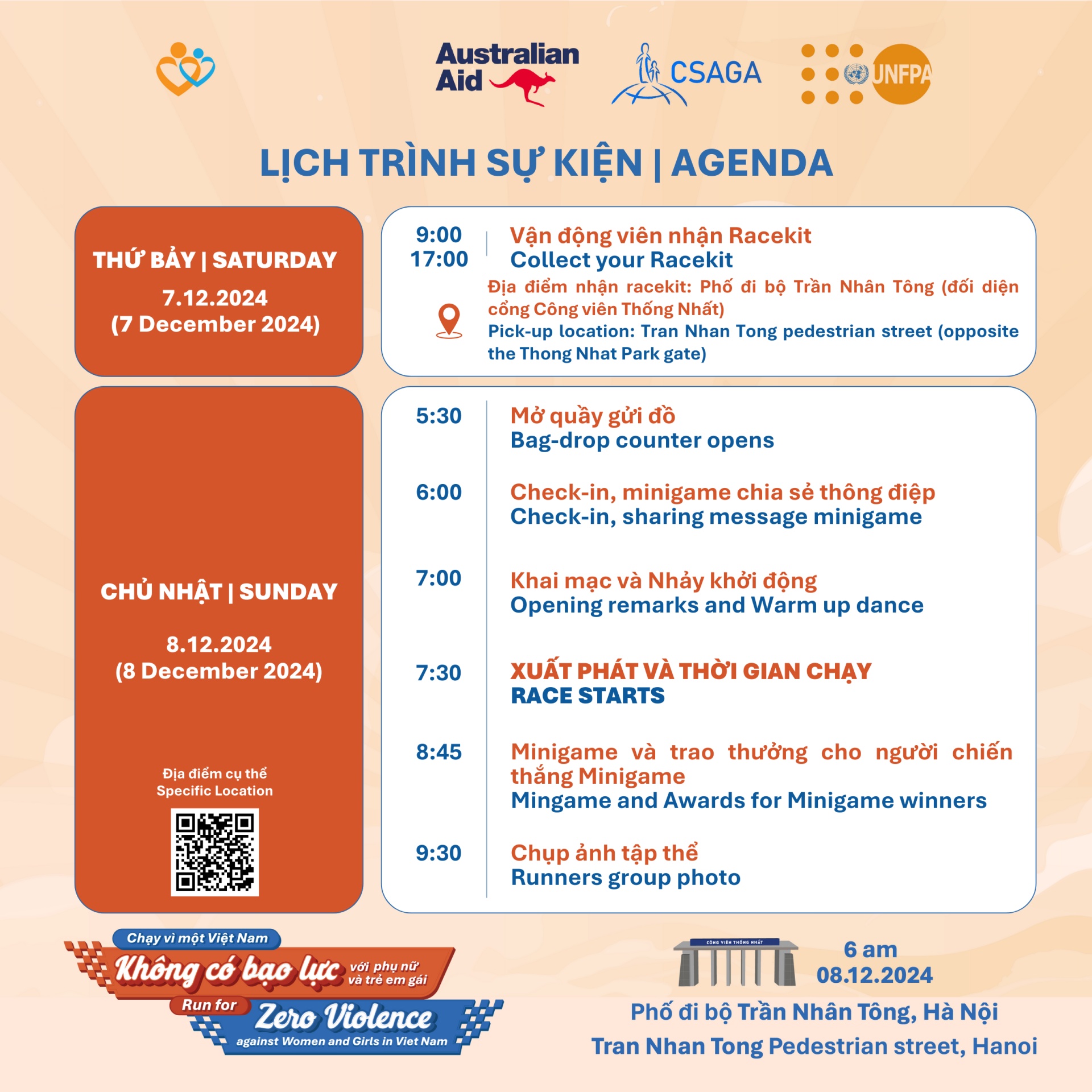WWF Vietnam launches "Save Saola" campaign
 |
The “Save Saola” campaign was kicked off on Saturday, July 9, which has also been declared the World Saola Day by WWF-Vietnam.
The moves were both meant to raise public awareness of saola, which is also one of the world’s most rarely seen mammals.
Saola, often called the “Asian Unicorn”, was discovered in north-central Vietnam in May 1992 during a joint survey carried out by the erstwhile Vietnamese Ministry of Forestry and the WWF.
Since that discovery, the mammal, which lives in the dense jungles of Vietnam and Laos, has only been recorded in the wild a handful of times.
In November 2013, a number of camera trap photos gave renewed hope for its survival, 15 years after the last photographic evidence.
This rare kind of mammal is threatened by poaching snares and the destruction of its habitat from illegal logging and injudicious development.
There could have been as many as a 1,000 saola’s at the end of the American war in Vietnam, but scientists estimate only a few hundreds, or a few dozens of them exist in the wild today, according to WWF-Vietnam.
In 2006, the International Union for the Conservation of Nature (IUCN) designated the animal “critically endangered” on the IUCN Red List of Threatened Species TM.
“The saola symbolizes everything that’s at stake for us. If we can save it, we can save our forests, wildlife and the ecosystem including the freshwater that people living here depend upon”, said Dr. Van Ngoc Thinh, WWF-Vietnam’s country director.
Amongst the early efforts to combat such threats, saola protected areas were established in 2007 in the provinces of Quang Nam and Thua Thien-Hue with support from WWF-Vietnam.
Under the Carbon and Biodiversity (CarBi) Project, supported by the German KfW Development Bank, these areas have since grown into a network of protected areas across the saola’s core range in Vietnam and Laos, covering more than 200,000 hectares of Truong Son forests.
The forest guards WWF-Vietnam recruited from local villages had by the end of 2015 removed 75,295 snare traps and dismantled 1,000 poaching and illegal logging camps.
Saola are recognized by two parallel horns with sharp ends, which can reach 20 inches in length and are found on both males and females.
They are a cousin of cattle but more closely resemble an antelope.
Saola have striking white markings on their faces and large maxillary glands on the muzzle, which could be used to mark territory or attract mates.
They are found only in the Truong Son Mountains of Vietnam and Laos.
What the stars mean:
★ Poor ★ ★ Promising ★★★ Good ★★★★ Very good ★★★★★ Exceptional
Latest News
More News
- Hanoi pilots electronic health record solution (November 10, 2024 | 12:25)
- Vietnamese consumer sentiment outperforms regional averages (November 08, 2024 | 18:00)
- Japfa Vietnam serves nutrition to 1,500 children to year-end (November 06, 2024 | 16:32)
- Tan Hiep Phat - three decades of serving society (November 04, 2024 | 17:58)
- Hanoi to restrict polluting vehicles across key districts (November 04, 2024 | 16:29)
- Hoan My Medical Group launches breast cancer screening to support community health (November 02, 2024 | 10:56)
- Vietnamese students explore the future at STEAMese Festival (October 28, 2024 | 16:55)
- Honouring ‘Green Warriors’ on Vietnamese Women’s Day (October 21, 2024 | 15:16)
- Swing for the Kids charity golf tournament kicks off (October 13, 2024 | 09:00)
- Swing for the Kids 2024 tees up opportunities for Vietnam's youth (October 12, 2024 | 10:00)




















 Mobile Version
Mobile Version